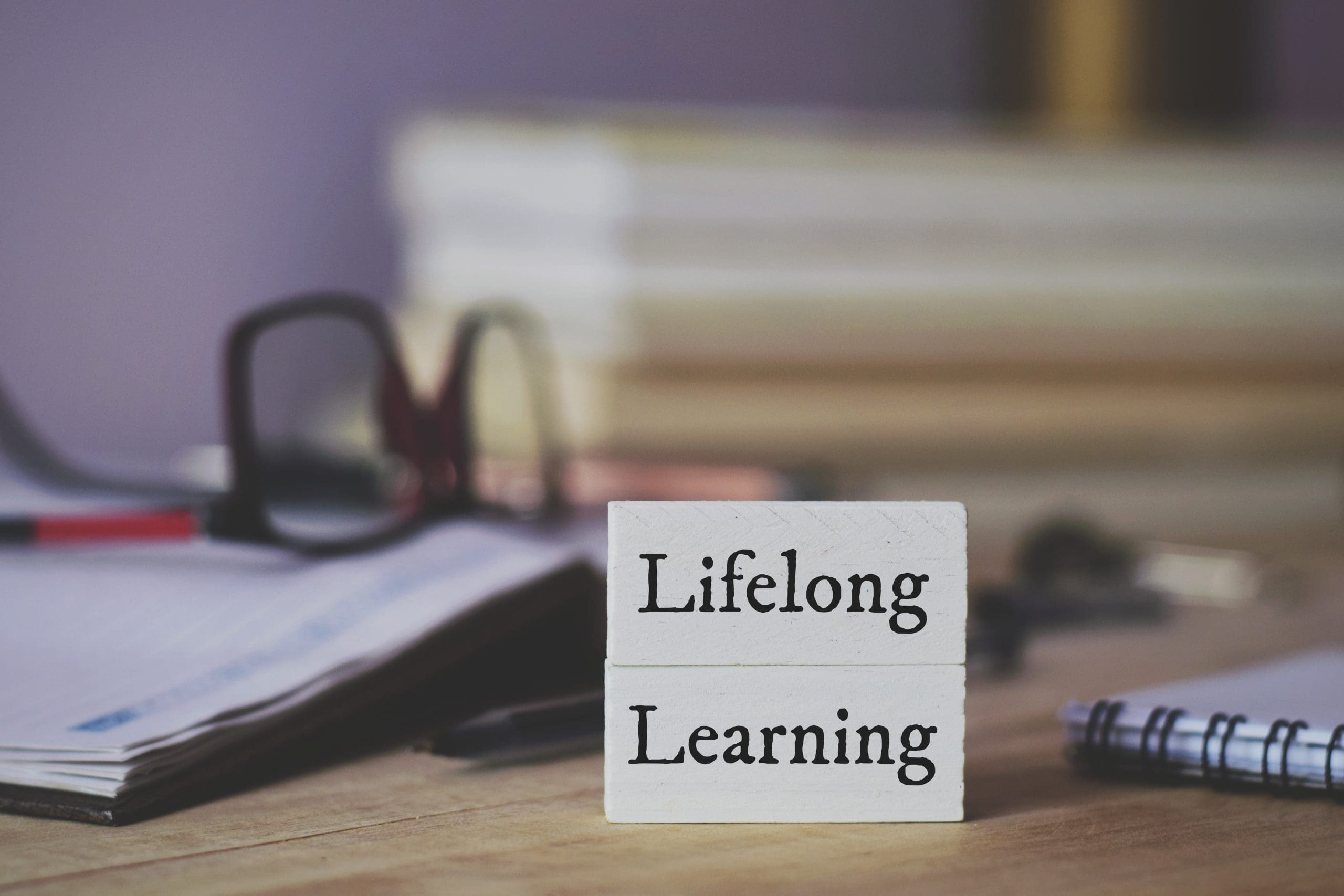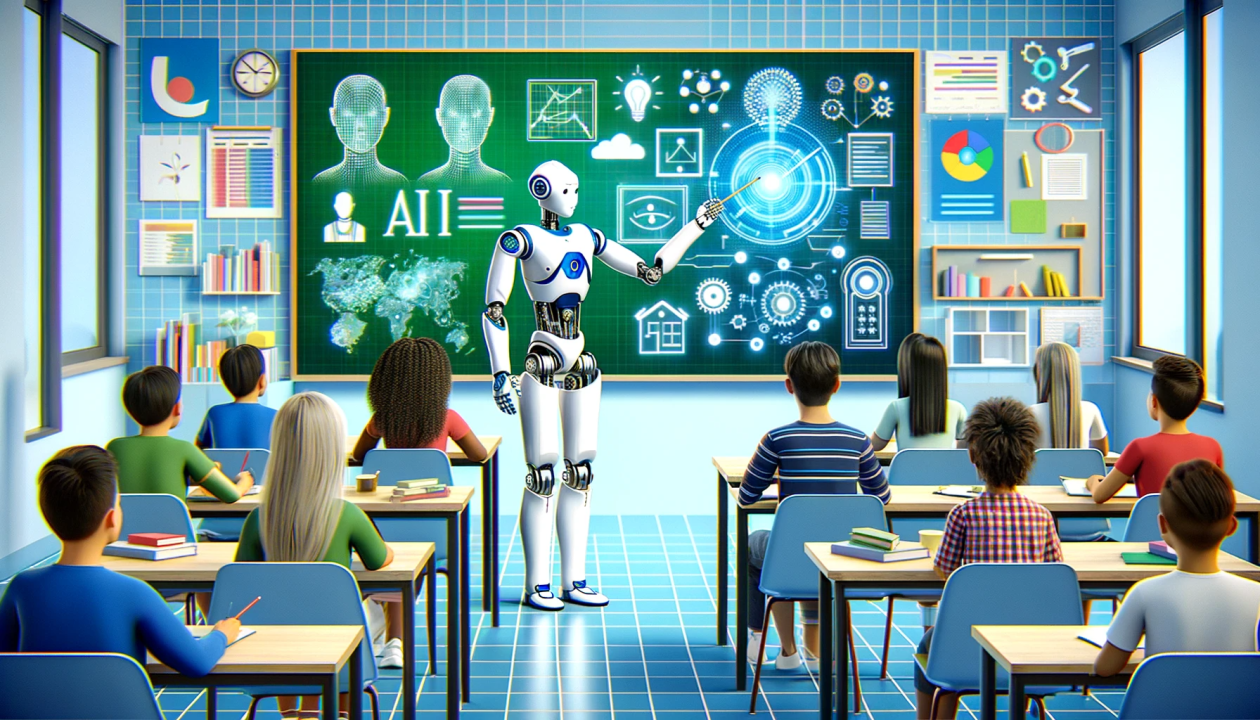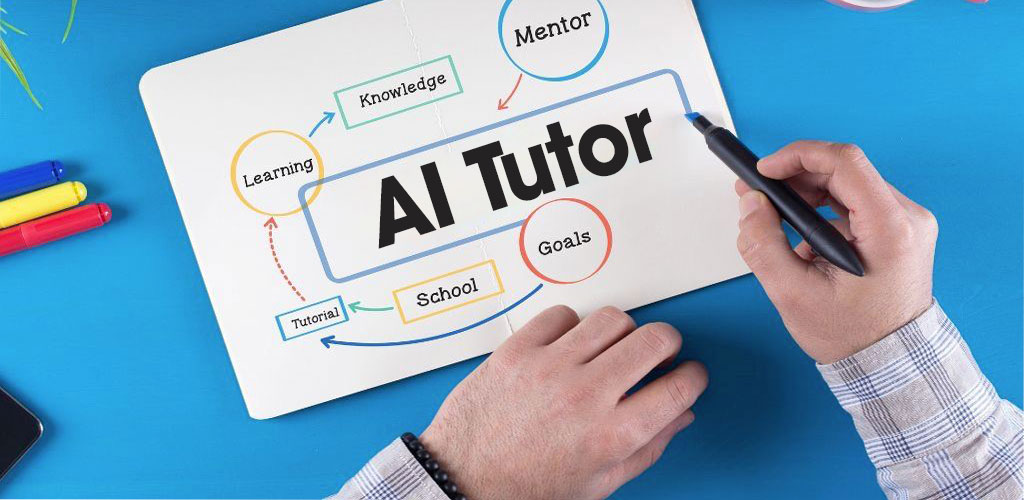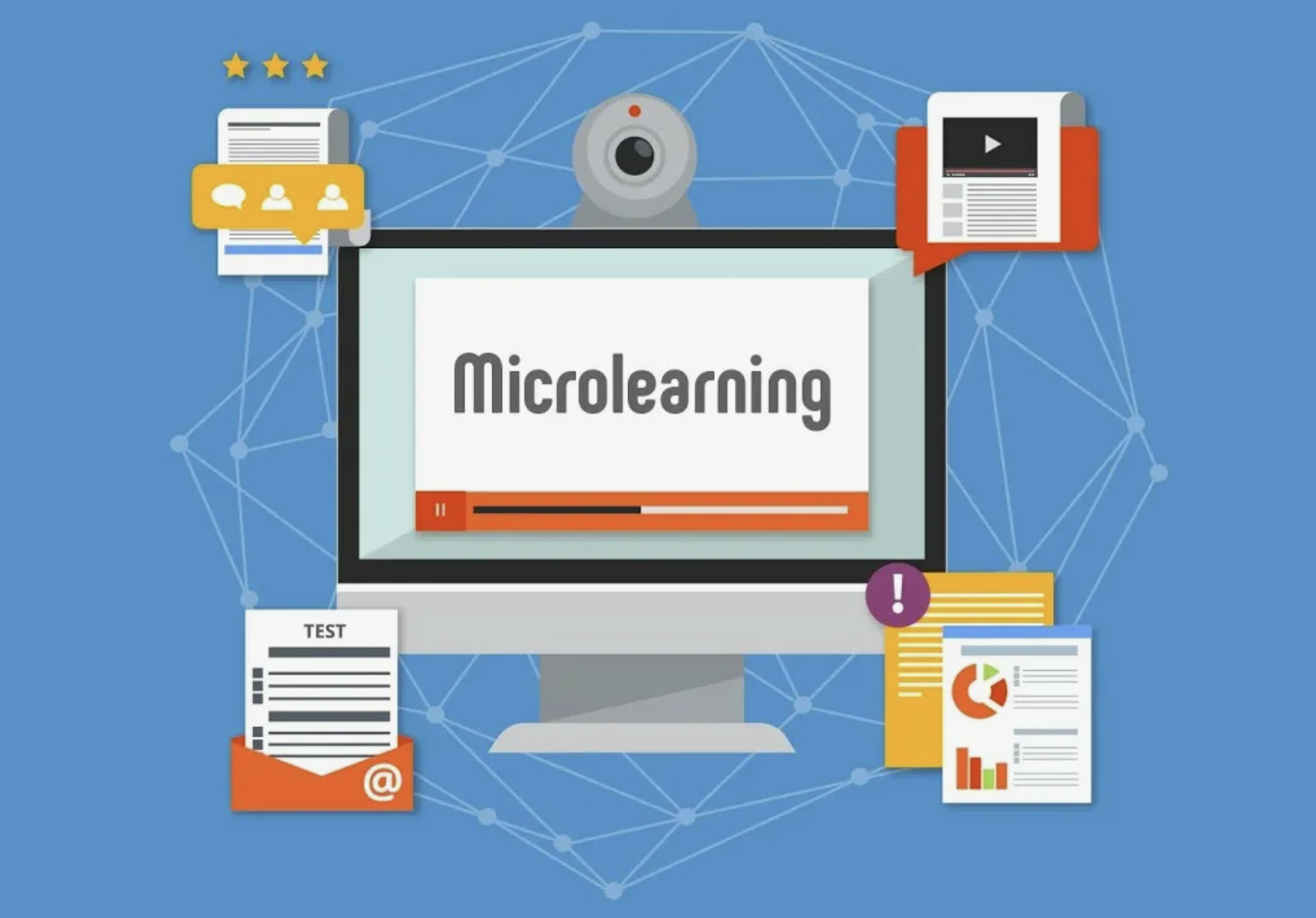In 2020, the world’s education systems were thrown into disarray. Schools and universities scrambled to adopt Zoom, Google Classroom, and hastily built online platforms. But those early attempts at virtual learning exposed a harsh truth: simply replicating a classroom through a webcam doesn’t work. Engagement drops, connection fades, and education becomes transactional. Enter the next frontier—the metaverse, and with it, the rise of the Metaversity: a virtual, immersive learning environment that challenges everything we thought education had to be. This shift isn’t just technical—it’s philosophical, social, and potentially revolutionary. It demands we rethink what learning is, who it's for, and where it takes place.
I. From Blackboard to Headset: A Short Evolution
Education has always followed technology. Consider the shifts:
-
Print revolution enabled mass literacy.
-
Broadcast media introduced distance education via radio and TV.
-
Internet brought e-learning, MOOCs, and on-demand knowledge.
-
Metaverse aims to add embodiment, immersion, and presence to digital education.
What began with text has now arrived at experience. And that changes everything.
II. What Is a Metaversity?
A Metaversity is a digital twin of a physical campus—or a wholly virtual university—existing inside a persistent, shared 3D environment. It’s not just about video calls or LMS systems. Instead, it merges:
-
Virtual reality (VR): Full immersion in 3D spaces.
-
Augmented reality (AR): Overlaying educational content on the real world.
-
Spatial audio and avatars: Creating a sense of "being there" with others.
It’s where students put on a headset and walk into a lab, a lecture hall, or even ancient Rome—without leaving home.
Real-World Examples
-
Morehouse College launched a VR campus with full avatar-based classes in history, biology, and chemistry.
-
University of Maryland Global Campus is experimenting with AI-driven virtual tutors and holographic professors.
-
Meta (formerly Facebook) is investing heavily in “immersive learning” platforms through Meta Quest headsets.
III. Why Traditional Virtual Learning Falls Short
Zoom-based classes and online forums solve access, but not engagement. Here's why many online models feel hollow:
-
Lack of embodiment: Flat video grids reduce non-verbal cues, energy, and presence.
-
Passive interaction: Students become viewers, not participants.
-
Disconnection: Social learning—peer discussion, informal bonding—is lost.
The metaversity aims to restore what’s missing.
IV. What Metaversity Adds
Let’s break down what immersive environments bring to the educational table:
1. Embodied Learning
Learning through doing, not just reading or watching. For example:
-
A biology student can manipulate 3D models of organs.
-
A history class can walk through ancient civilizations.
-
Architecture students can build and explore virtual structures in real time.
2. Social Presence
Avatars with real-time gestures and spatial audio replicate classroom dynamics: whispers, side chats, group work—all things lost in flat digital tools.
3. Limitless Space
Virtual campuses aren’t bound by geography or real estate. They can scale instantly, simulate dangerous environments (e.g., volcanoes, hospitals, space stations), and host global classrooms without a single plane ticket.
V. The Cultural Shift: Education as Experience
Metaversities are more than just flashy tools. They reflect a cultural change:
-
From knowledge consumption → to knowledge immersion
-
From centralized institutions → to decentralized, borderless learning
-
From paper degrees → to skill-first, portfolio-driven models
-
From lecture-based formats → to interactive simulations and co-creation
This mirrors trends in gaming, remote work, and social media—blurring the line between real and virtual life.
VI. Challenges and Criticisms
No revolution comes without risk. Here are the main concerns:
1. Accessibility and Equity
-
VR headsets and stable internet aren’t universally available.
-
Could metaversities widen the digital divide rather than close it?
2. Data and Surveillance
-
Eye movements, biometric data, and engagement metrics are all tracked in VR.
-
Who owns this data? How is it used? Privacy remains murky.
3. Distraction and Fatigue
-
VR environments can cause motion sickness, fatigue, or cognitive overload.
-
Engagement isn't just about novelty—it must be pedagogically sound.
4. Pedagogical Readiness
-
Teachers are not game designers. Building effective VR experiences requires new skills, workflows, and collaboration between technologists and educators.
VII. What’s Next? A Glimpse Ahead
Here’s what we can expect in the next 5–10 years:
-
AI-powered avatars that tutor students or simulate debates with historical figures.
-
Interoperable campuses, where credits transfer across virtual platforms and institutions.
-
Persistent learning worlds where students build, explore, and return over time—like multiplayer games.
-
Neuro-responsive content, adapting lessons in real time based on brain signals and emotional states.
But most importantly, we’ll need new philosophies of learning. What happens when students learn inside the phenomenon they’re studying?
VIII. Conclusion: Building the University of the Future
The rise of metaversities signals more than just new tech—it’s the reimagining of education for a networked, experiential, global generation. It allows us to break free from 19th-century classroom models and embrace a 21st-century vision: one where learning is immersive, inclusive, and inseparable from life itself.
Yet, the success of this future depends not on headsets or servers, but on values: openness, accessibility, human connection, and a deep commitment to critical thinking in the age of digital immersion.
Because the question isn’t whether virtual classrooms will grow—they already are. The real question is:
Will they make us wiser, or just better entertained?






